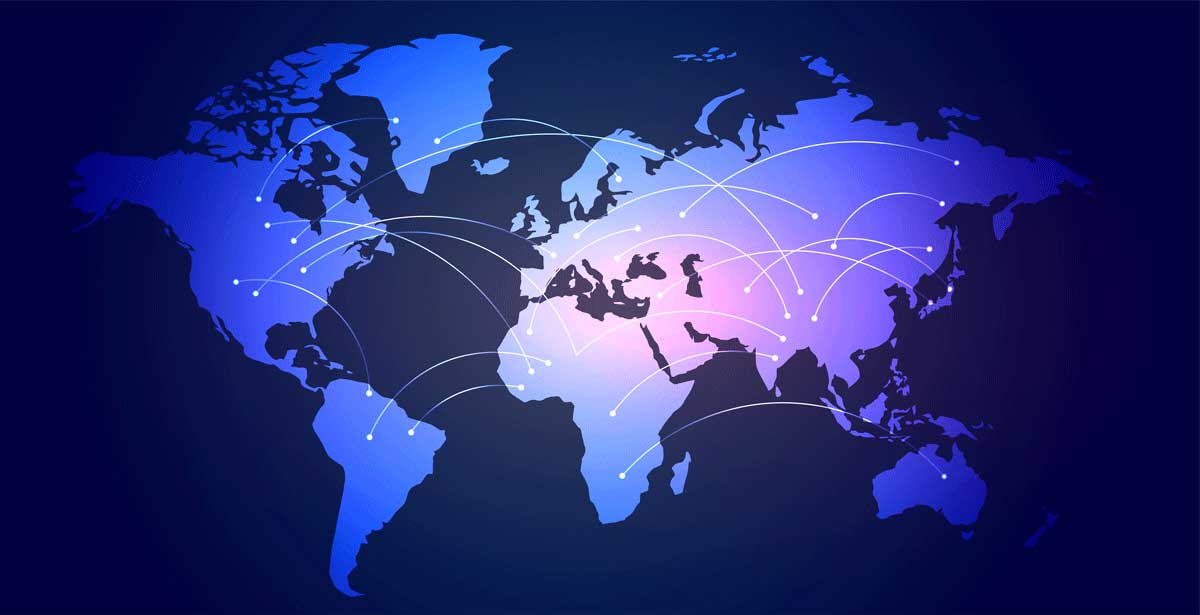Navigating the World Through GIS and Remote Sensing: Unraveling the Curriculum and Applications
Introduction:
Geographic Information Systems (GIS) and Remote Sensing are indispensable tools in understanding our world’s spatial patterns, dynamics, and interactions. From urban planning to environmental conservation and agriculture, the applications of GIS and remote sensing span across diverse domains. In this article, we unravel the curriculum of GIS and remote sensing courses, exploring spatial data analysis, satellite imagery interpretation, and their multifaceted applications in various fields.

The Curriculum:
Spatial Data Analysis and Interpretation GIS and remote sensing courses typically start by laying a strong foundation in spatial data analysis and interpretation. Students learn to manipulate, analyze, and visualize spatial data using GIS software like ArcGIS or QGIS. Topics may include:
-
Geospatial Data Types
: Understanding vector and raster data formats, coordinate systems, and projections lays the groundwork for handling spatial data effectively.
-
Spatial Analysis Techniques
: Exploring spatial statistics, interpolation methods, overlay analysis, and network analysis equips students with tools to extract meaningful insights from spatial data.
-
Remote Sensing Principles
: Introducing the principles of remote sensing, including electromagnetic radiation, sensor types, and image acquisition techniques, provides students with the basics of interpreting satellite imagery.
-
Image Processing
: Learning image processing techniques such as image enhancement, classification, and change detection prepares students to analyze satellite imagery for various applications.
Applications in Urban Planning, Environmental Science, and Agriculture:
The knowledge gained from GIS and remote sensing courses finds extensive applications in diverse fields:
-
Urban Planning
: GIS is instrumental in urban planning by facilitating land use planning, infrastructure development, and transportation network analysis. Remote sensing data aids in monitoring urban sprawl, assessing environmental impacts, and identifying areas prone to natural disasters.
-
Environmental Science
: GIS and remote sensing play crucial roles in environmental monitoring and conservation efforts. From mapping biodiversity hotspots to tracking deforestation and monitoring water quality, these tools enable scientists to understand and mitigate environmental degradation.
-
Agriculture
: Precision agriculture relies heavily on GIS and remote sensing technologies for optimizing crop management practices. By analyzing satellite imagery, farmers can assess crop health, monitor soil moisture levels, and implement targeted irrigation and fertilization strategies.
Case Studies and Real-World Applications:
Highlighting case studies and real-world applications of GIS and remote sensing enriches the learning experience:
-
Urban Heat Island Mapping
: Using GIS and remote sensing data, researchers can map urban heat islands and identify areas susceptible to heat-related health risks, informing urban planning decisions and mitigation strategies.
-
Forest Cover Monitoring
: Satellite imagery analysis enables continuous monitoring of forest cover changes, facilitating forest management and conservation efforts.
-
Crop Yield Prediction
: GIS-based models integrating weather data and satellite imagery can predict crop yields, helping farmers optimize production and resource allocation.
Conclusion:
GIS and remote sensing courses empower students with the skills and knowledge to navigate the complexities of our spatially interconnected world. By mastering spatial data analysis, satellite imagery interpretation, and understanding their applications in urban planning, environmental science, and agriculture, students are equipped to address real-world challenges and contribute to informed decision-making processes. As the demand for spatially literate professionals continues to rise, GIS and remote sensing education remain pivotal in shaping a sustainable and resilient future.
